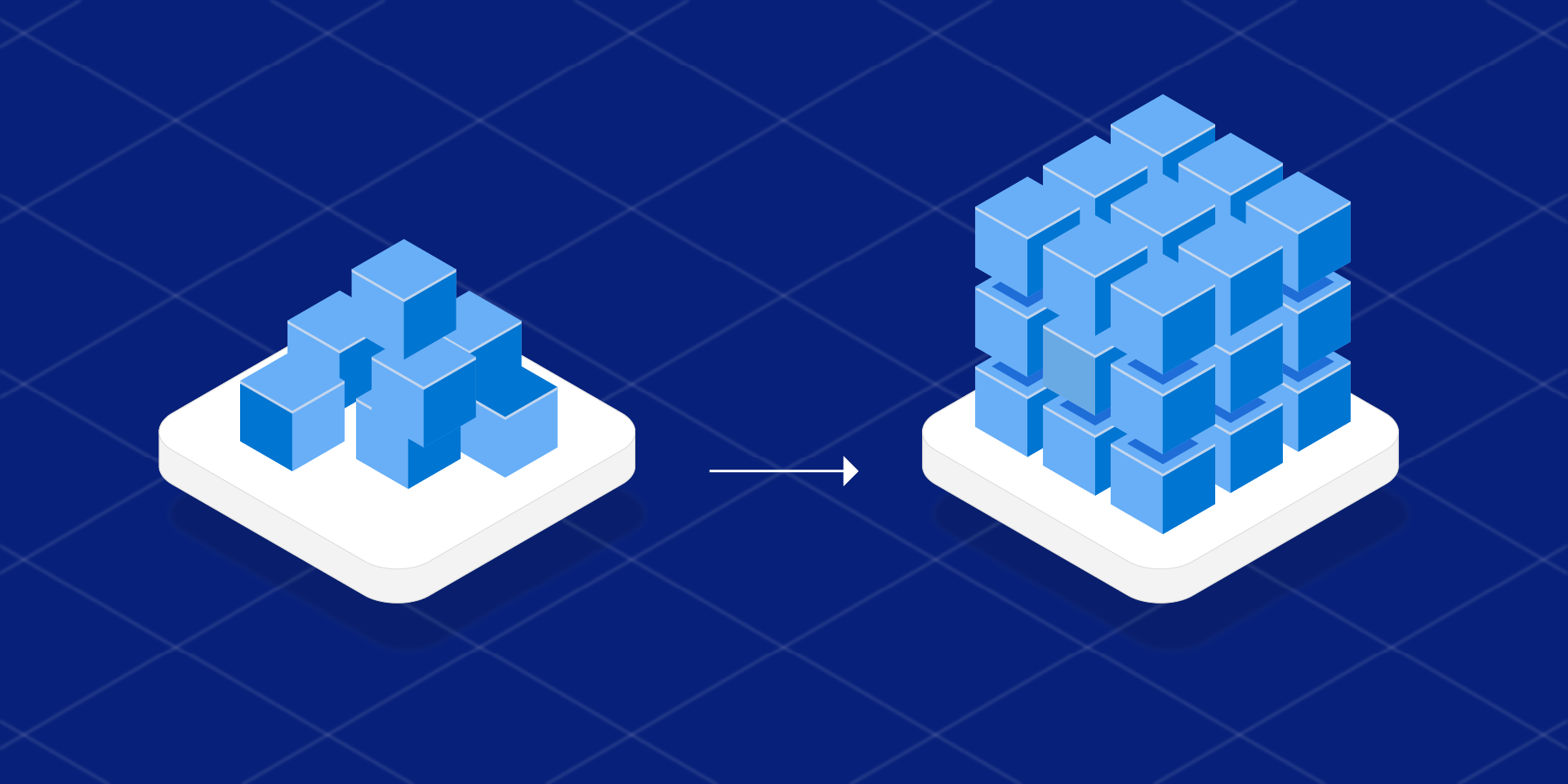Introduction: Sculpting Data Like Clay
Imagine a sculptor facing a block of clay that’s uneven and lumpy. Before creating a masterpiece, they must smooth it, shape it, and prepare it for precision. That’s precisely what data transformation does for raw data it reshapes irregular, skewed, or volatile numbers into forms ready for modelling and interpretation. Without this refinement, even the most advanced algorithms might stumble on erratic patterns or distorted relationships.
Many aspiring analysts discover this truth during a Data Scientist course in Delhi, where the importance of preparing data before modelling becomes evident. The art of transformation is less about changing what data says and more about helping it speak clearly.
Taming Skewness: When Data Refuses to Behave
Real-world data rarely follows a neat, bell-shaped curve. Income levels, disease rates, or social media engagement metrics all tend to stretch to one side, forming skewed distributions. Skewness confuses models that expect symmetry; the assumptions of normality fall apart, leading to unreliable insights.
Mathematical functions like logarithmic, square root, or reciprocal transformations act as the sculptor’s tools. A log transformation, for example, compresses high values and expands low ones, reducing skewness. Similarly, a square root transformation gently adjusts the scale, particularly effective for count data such as event frequencies or sales occurrences.
Students learning these techniques in a Data Scientist course in Delhi quickly realise how a slight mathematical shift can transform chaos into clarity. It’s not about forcing data to behave it’s about helping it find balance.
Stabilising Variance: The Battle Against Unequal Spread
Imagine trying to paint with brushes that randomly expand or contract with every unpredictable stroke. That’s what heteroscedasticity feels like in data: unequal variance that makes models less trustworthy. Regression analysis, for instance, assumes that residuals have consistent variance. When they don’t, predictions wobble like a poorly balanced table.
Transformations such as Box-Cox or Yeo-Johnson are popular remedies. These adaptive functions automatically search for the power parameter that best stabilises variance. Box-Cox works beautifully on positive data, while Yeo-Johnson gracefully handles zeros and negatives. The outcome is smoother variance across the range, ensuring fair weightage to all data points during modelling.
The Logarithmic Lens: Seeing Patterns Hidden in Scale
Sometimes the issue isn’t distribution, but perspective. Consider population data ranging from hundreds to millions linear scales can make more minor differences invisible. By applying a logarithmic transformation, analysts compress magnitude differences, unveiling underlying relationships that were once masked.
This “log lens” offers proportionate visibility, allowing equal attention to both small and large numbers. In finance, for instance, analysts often use log returns to study stock performance since percentage changes matter more than absolute differences. The transformation not only reveals trends but also brings comparability like adjusting the zoom on a microscope to focus on essential patterns.
Box-Cox and Yeo-Johnson: The Tailors of Transformation
Every dataset wears its own pattern, and not all transformations fit equally well. The Box-Cox method, introduced in the 1960s, determines the optimal “λ” (lambda) power to transform the data into a more normal distribution. For example, a λ of 0 implies a log transformation, while λ = 0.5 suggests a square root adjustment. Its mathematical tailoring is precise and purposefully.
Yeo-Johnson extends this elegance to datasets containing zeros or negatives, a limitation of the Box-Cox method. It’s a versatile craftsman, ensuring that transformations don’t discard meaningful data. These techniques remind us that transformation isn’t a one-size-fits-all process it’s about understanding the data’s structure and choosing what complements it best.
The Human Touch: When Mathematics Meets Intuition
Despite its mathematical backbone, data transformation is deeply intuitive. Analysts must know when to apply these techniques and when to hold back. Over-transforming can distort interpretability, while under-transforming may leave noise intact. The balance lies in experimentation and domain understanding.
For instance, transforming healthcare expenditure data might make it statistically elegant, but could obscure policy insights if not reverted carefully. Skilled professionals know how to transition between raw and transformed data seamlessly, maintaining both analytical precision and human relevance.
Conclusion: Shaping Raw Data into Insight
At its heart, data transformation is an act of craftsmanship a quiet, meticulous stage before the spotlight of analysis. Just as a sculptor envisions the form within clay, data scientists must see the potential patterns buried within irregular datasets. By applying the right transformations, they allow data to breathe symmetry, stability, and sense.
For anyone pursuing a Data Scientist course in Delhi, mastering this art is not optional it’s foundational. Because behind every accurate prediction and meaningful model lies a simple truth: well-shaped data tells the clearest stories.




